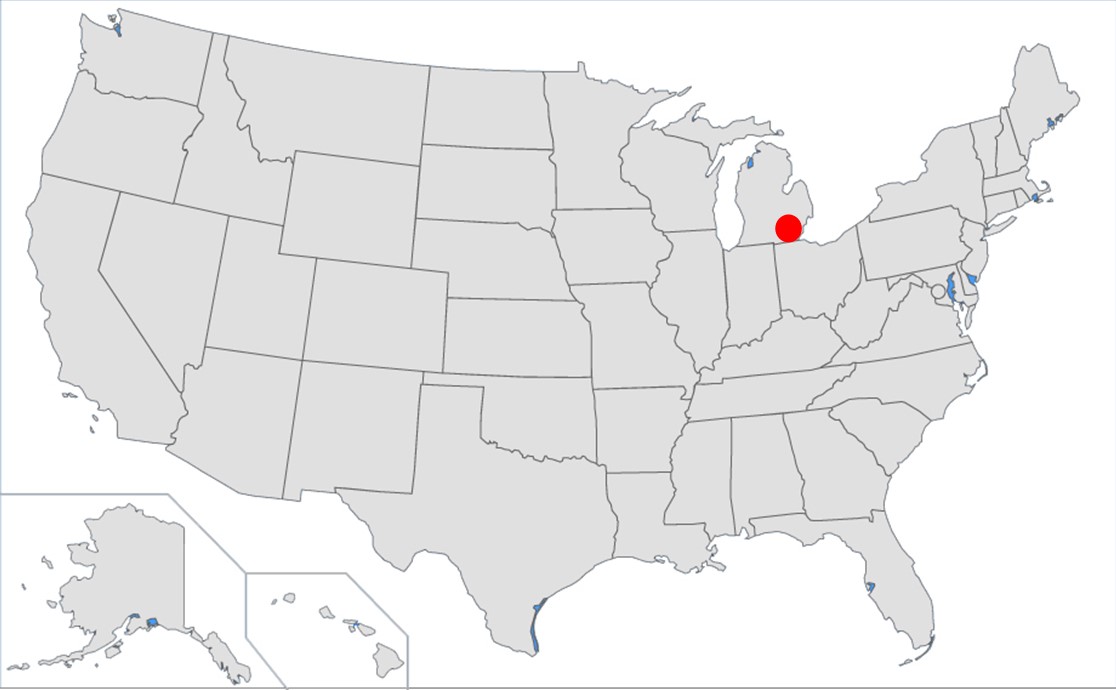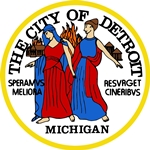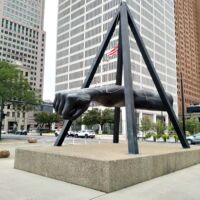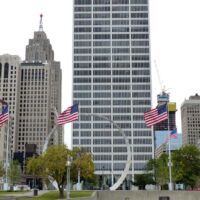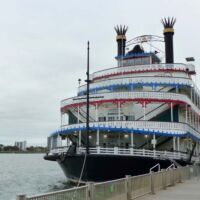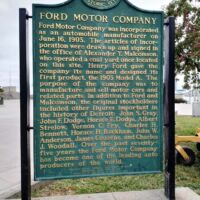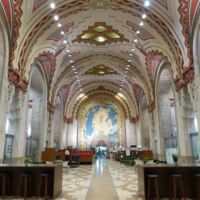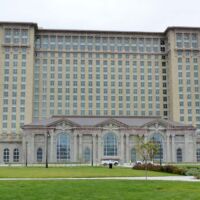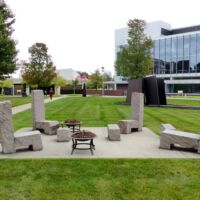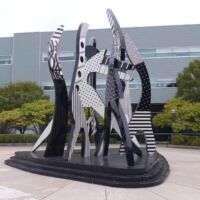Detroit’s rise began with the construction of Ford’s Model T in 1909; the city in Michigan became world famous as Motor City (Motown). With the automobile industry, the city grew explosively, especially due to the influx of African Americans from the South. When, at the beginning of the 1970s, the models of the U.S. Big Three – General Motors, Ford and Chrysler – lost more and more market share, Detroit became a symbol of the industrial decline of the United States.
The white middle and upper classes migrated to the suburbs, many houses dilapidated and the crime rate went up dramatically. Since 1960, the city has lost 60% of its population, and 35% of the urban area is uninhabited. For years, Detroit has held the inglorious first place among the most dangerous cities in the States.
The administration is making efforts to encourage more young people to move into the city. New sports facilities were established, and the Riverfront has been upgraded. The People Mover, a free railroad, connects the most important sights in downtown on its circular route. The Detroit Institute of Arts is one of the best art museums in the country. The Renaissance Center, tallest building and headquarters of General Motors, still the city’s largest employer, is a symbol of the new era.
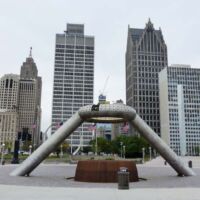
Horace Elgin Dodge, der Erfinder des ersten kompletten Stahlautos
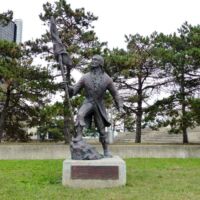
Stadtgründer von Detroit – sein Name stand später Pate für eine Luxus-Automarke
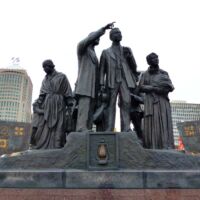
Detroit war einst das Tor zur Freiheit für Tausende von schwarzen Sklaven
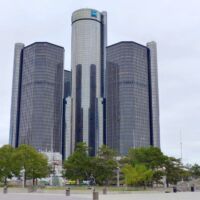
Mit 221 m das höchste Gebäude der Stadt und Weltkonzern-Zentrale von General Motors
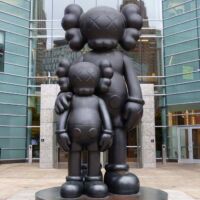
Markenzeichen des Künstlers sind die gekreuzten Augen

Die kleine Hochbahn verkehrt kostenlos einmal rund um Downtown Detroit

